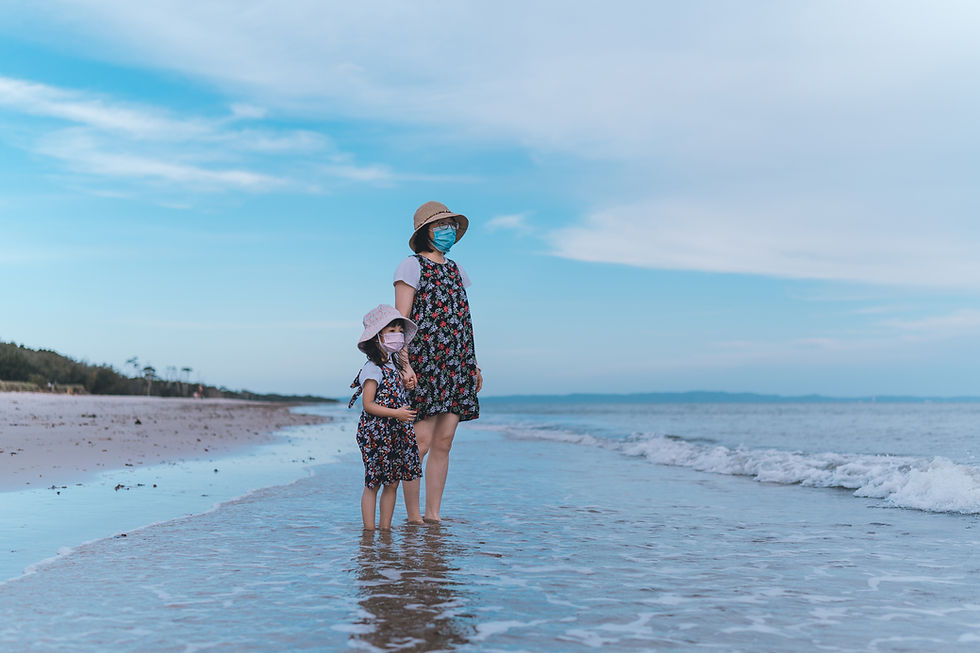Participation of children with autism during COVID-19
- Participation and Environment
- May 16, 2023
- 2 min read
Updated: Jun 12, 2023
Participation is essential for a child's development and well-being. However, children with autism remain limited in their participation, and the COVID-19 pandemic has added further challenges. While both personal and environmental factors are known to impact participation of this group, it is unclear how mothers' actual participation, particularly in non-parenting activities that are leisure-oriented and health-promoting, affects the participation patterns of their children. To begin to address this gap in knowledge, the ASPIRE lab conducted a study that explored the impact of mothers' participation, alongside other factors, on the participation patterns of school-aged children with autism in both home and community settings during the COVID-19 pandemic. This study is the first of its kind and sheds light on this important issue.
What did we do?
We invited 130 mothers of children with autism (aged 6 to 13) to participate in an online survey during the COVID-19 pandemic. Mothers completed the Participation and Environment Measurement for Children and Youth (PEM-CY) to measure their child’s participation in activities at the home and in the community. Using the PEM-CY, we also gathered information about environmental barriers and supports to participation in these two settings. Then, we asked mothers to report on their own participation patterns using the Health Promoting Activity Scale (HPAS), which captures their participation in leisure activities that promote health.
What did we find?
Participation patterns during the pandemic
Children’s participation frequency and involvement were significantly higher at home than in the community. In both settings, mothers desired changes in 71% of the activities listed in the PEM-CY; this percentage is relatively high in comparison to previous pre-COVID studies and may imply that mothers were somewhat dissatisfied with their child’s participation patterns. To illustrate, in the home setting, most mothers wished to see change in personal care (82%), followed by doing homework (79%) and school preparation (76%). In the community, more than 80% of the mothers wished to see change in neighborhood outings, getting together with other children, community events, and organized physical activities.
The role of maternal participation
Older children of mothers who frequently participate in leisure-oriented health-promoting activities tend to be more involved in home-based activities. Overall, mother’s own participation, an innovative factor in our study, had a unique and positive contribution in explaining their child’s involvement at home, but not in the community. Findings suggest including maternal participation in future studies aimed at explaining participation patterns of children. Results can also redirect our attention towards the opportunity (and potential benefit) of facilitating family participation as a whole.


Comments